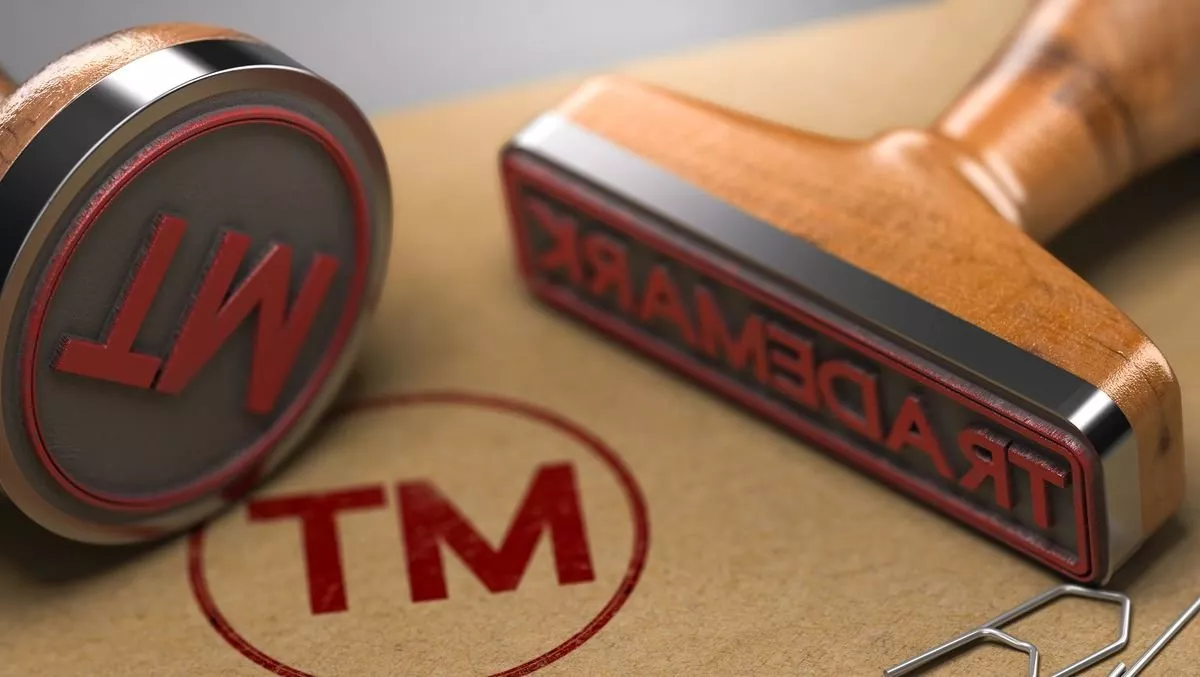Trademark fees pay for the thorough examination of trademark applications and help to ensure that only legitimate trademarks register. They also fund intellectual property enforcement, which benefits both businesses and consumers.
Fees can vary depending on the jurisdiction, the type of application (intent-to-use or actual use), and the classes of goods/services included in the registration. In addition, translation and notarization fees can add to overall costs.
Trademark Searches
Trademark searches assess whether a proposed mark is likely to conflict with existing trademarks. Searches can be conducted at the federal, state, and common law level, taking into account spelling, foreign language equivalents, and more.
Insufficient searches can result in an inability to obtain a trademark registration. Inadequate searches may also lead to infringement lawsuits.
Comprehensive searches can save businesses significant time, money and energy in advertising, marketing, and branding. Failure to conduct a search before starting use of a mark could require costly changes and put the company at risk of a trademark dispute.
Filing an Application
Trademark application fees are charges associated with filing an application for trademark registration. These fees are set by governmental authorities and can vary significantly by jurisdiction. Research and consultation with professional attorneys or experts are advisable to help estimate these costs.
In addition to the filing fee, there may also be an examination fee. This is charged to cover the cost of assessing whether an application meets legal requirements such as distinctiveness and potential conflicts with existing registrations.
There are different types of marks that can be registered, including word marks and design marks. Depending on the jurisdiction, there are often different filing fees and examination costs for each type.
Examining an Application
Once the USPTO receives your application, it will begin examining it to ensure it meets legal requirements such as distinctiveness and potential conflicts with other trademarks. This step typically takes a few months.
If the examining attorney determines that your trademark should not be registered, you will receive a letter (office action) with a specific set of issues that must be addressed. If you do not respond to an office action within a certain timeframe, the mark will be refused registration.
In some countries, fees for registering a trademark can include an initial application fee, search fees, examination fees and registration fees. Depending on the number of classes of goods or services, these fees can quickly add up.
Renewing an Application
The USPTO requires registrations to be renewed every ten years. Currently, the fee for filing a Declaration of Use to extend the ten-year duration of a trademark is $425. USPTO plans to increase this fee by about 25%.
In addition, there will be a new fee for deleting unused goods and services from a registered trademark. These fees are designed to encourage registrants to consider the impact of marginally-used marks before submitting renewal filings. Hiring an attorney can help you budget for these increases.
International Applications
A trademark’s costs vary based on the jurisdiction in which protection is sought. The cost also varies by the classes of goods and services covered by the application.
Application fees also depend on whether the mark is to be registered as a collective or certification mark. Using a professional to prepare the application can save money in the long run by avoiding mistakes that can delay registration or result in the rejection of the mark.
Some trademark offices offer expedited processing options for applicants who wish to speed up the examination and registration process. Expedited processing typically incurs an additional fee. In addition, some countries and jurisdictions charge renewal fees on a periodic basis to maintain registration protection.
Post-Registration Maintenance
After registration, you must file specific post-registration maintenance documents and pay fees at regular intervals to keep your trademark registration alive. If you miss these deadlines, your registration will expire or be canceled.
The trademark examination process, application filing basis and other factors can have an impact on the types and amount of fees you’ll incur. For example, if you register your mark for multiple classes of goods and services, the costs will be higher than if you registered it for only one class.
The USPTO randomly audits all registrations that include proof of use to ensure that the mark is still being used with the associated goods or services. If you fail to respond to an audit, the USPTO can cancel your registration.

